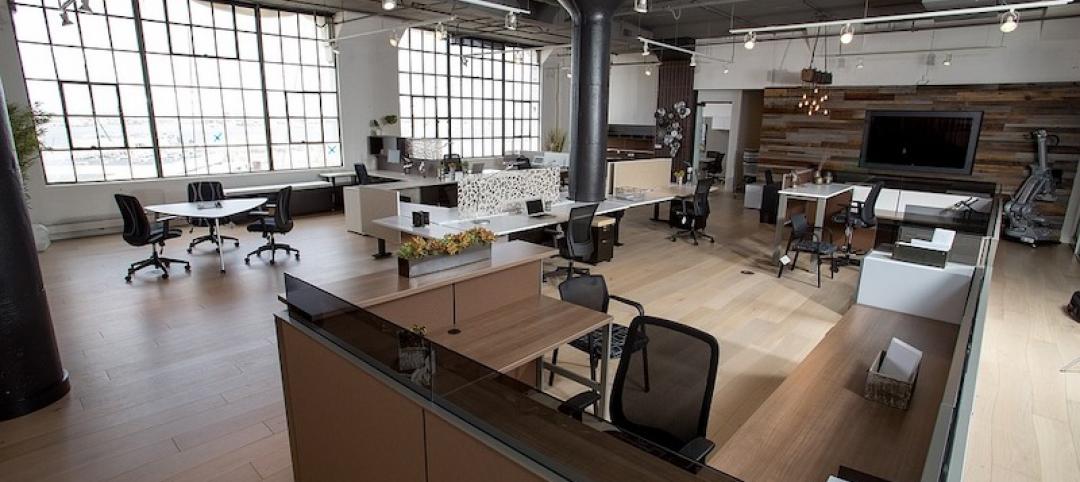Construction employment declined for the third time in the past four months in May as nonresidential contractors coped with lengthening and unpredictable delivery times that limited their ability to start or complete projects, according to an analysis by the Associated General Contractors of America of government data released today. Association officials added that many contractors report they are having a hard time finding qualified workers to hire as some people remain reluctant to return to work while their children are learning from home, or they are collecting elevated unemployment supplements.
“Steadily worsening production and delivery delays have exceeded even the record cost increases for numerous materials as the biggest headache for many nonresidential contractors,” said Ken Simonson, the association’s chief economist. “If they can’t get the materials, they can’t put employees to work.”
Seasonally adjusted construction employment in May totaled 7,423,000, a drop of 20,000 from the downwardly revised April total. Industry employment declined as well in April and February. The total in May remained 225,000 less than in February 2020, the high point before the pandemic drove construction employment down by more than a million jobs.
The gap widened in May between residential construction, which has experienced feverish demand for new and remodeled housing, and nonresidential construction, which has been declining, aside from a few niches. Residential construction firms—contractors working on new housing, additions, and remodeling—gained 1,900 employees during the month and employed 35,000 more workers (1.2%) in May than in the pre-pandemic peak month of February 2020. In contrast, the nonresidential sector—comprising nonresidential building, specialty trades, and heavy and civil engineering contractors—shed 21,800 jobs in May and employed 260,000 fewer workers or 5.6% less than in February 2020.
“Contractors are being told they must wait nearly a year to receive shipments of steel and 4-6 months for roofing materials,” Simonson noted. “These delays make it impossible to start some projects and to complete others, leaving contractors unable to keep workers employed. In addition, soaring prices for steel, lumber, and other materials are deterring owners from committing to going ahead with projects.”
Association officials urged Congress and the Biden administration to take steps to address the record materials price increases and supply chain bottlenecks. They said the President should end tariffs on key materials like lumber, steel, and aluminum. They added that Washington officials should look at ways to ease manufacturing and shipping backups. And they urged Congress to allow unemployment supplements to expire, as planned, after Labor Day.
“The decline in construction employment is likely less about a lack of demand as it is about the challenges contractors are facing in meeting that demand,” said Stephen E. Sandherr, the association’s chief executive officer. “Supply-chain problems and labor shortages are holding back what should otherwise be a much stronger recovery for the construction sector.”
Related Stories
Market Data | Sep 10, 2019
Apartment buildings and their residents contribute $3.4 trillion to the national economy
New data show how different aspects of the apartment industry positively impact national, state and local economies.
Market Data | Sep 3, 2019
Nonresidential construction spending slips in July 2019, but still surpasses $776 billion
Construction spending declined 0.3% in July, totaling $776 billion on a seasonally adjusted annualized basis.
Industry Research | Aug 29, 2019
Construction firms expect labor shortages to worsen over the next year
A new AGC-Autodesk survey finds more companies turning to technology to support their jobsites.
Market Data | Aug 21, 2019
Architecture Billings Index continues its streak of soft readings
Decline in new design contracts suggests volatility in design activity to persist.
Market Data | Aug 19, 2019
Multifamily market sustains positive cycle
Year-over-year growth tops 3% for 13th month. Will the economy stifle momentum?
Market Data | Aug 16, 2019
Students say unclean restrooms impact their perception of the school
The findings are part of Bradley Corporation’s Healthy Hand Washing Survey.
Market Data | Aug 12, 2019
Mid-year economic outlook for nonresidential construction: Expansion continues, but vulnerabilities pile up
Emerging weakness in business investment has been hinting at softening outlays.
Market Data | Aug 7, 2019
National office vacancy holds steady at 9.7% in slowing but disciplined market
Average asking rental rate posts 4.2% annual growth.
Market Data | Aug 1, 2019
Nonresidential construction spending slows in June, remains elevated
Among the 16 nonresidential construction spending categories tracked by the Census Bureau, seven experienced increases in monthly spending.
Market Data | Jul 31, 2019
For the second quarter of 2019, the U.S. hotel construction pipeline continued its year-over-year growth spurt
The growth spurt continued even as business investment declined for the first time since 2016.
















